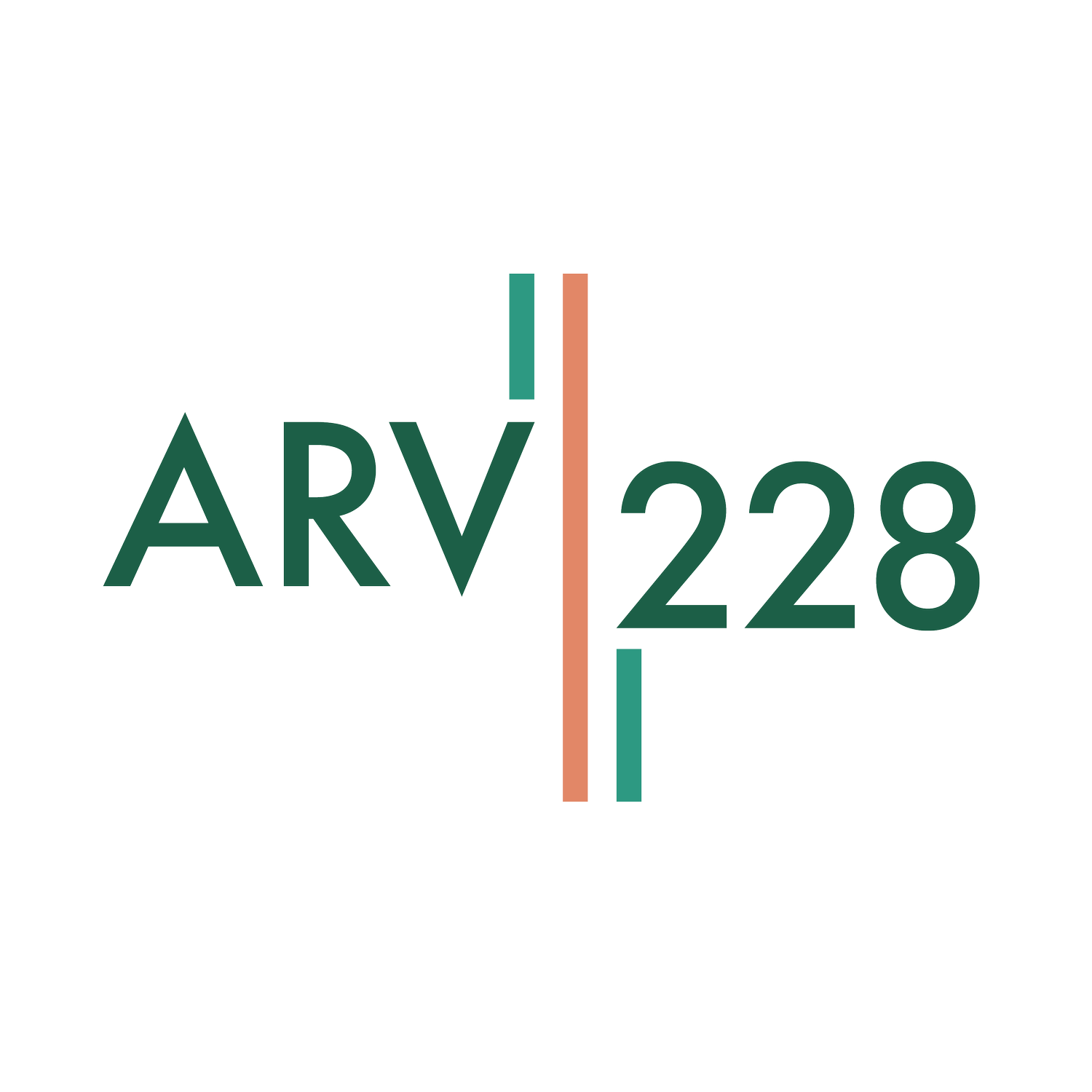The History of Animation — Types of Animation Styles Explained
From the beginning of film history, filmmakers have experimented with animation in many forms and techniques. In this video, we will lay out a brief history of animation and the evolution of animation styles. Including the techniques, the technologies, the differences, and the various mediums animators use to give their inanimate subjects the illusion of life.
The word animation comes from Latin "animatio" and means “a bestowing of life.” Like film, animation is the illusion of movement through the rapid succession of images created by a process called “persistence of vision.” This works because when we see one image, it is retained on our retina for a fraction of a second, just long enough for a second image to appear — and thus, we see a single moving image instead of a series of flashing static images.
Traditional animation was the dominant type of animation in the 20th century. Basically, this involves drawing images, frame-by-frame. As the years went on, new techniques were developed to turn animation into more of an assembly line process. Animators like Walt Disney and his studio helped turn animation into a viable commercial and artistic medium.
Rotoscoping is a technique that uses live-action footage as a reference to create animation with more realistic movement. Today, we can see variations of this process in films like Richard Linklater’s Waking Life and A Scanner Darkly. Anime is an umbrella term used to describe Japanese animation, which tends to share many of the same styles and techniques as Western animation, along with some key deviations.
Stop-motion animation is also similar to traditional animation, except the subjects are often physical objects instead of drawings, like puppets or figurines. Claymation is a sub-type of stop-motion animation that uses plasticine clay. Cut-out animation uses shapes or characters cut out of paper or fabric and moved frame-by-frame. More recently, 3D animation has replaced 2D animation as the most common animation style. And, yet, it follows the same general principles.

